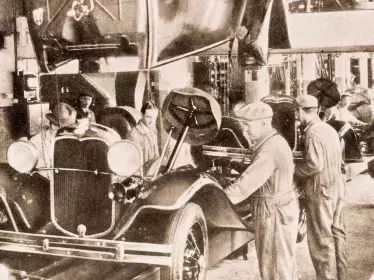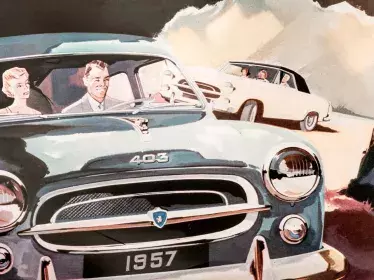With electricity and high-tech technology, the automobile sector is on the verge of a new revolution that will bring about changes over the next 20 years. However, during the century it has existed, the automotive industry has never stopped evolving or undergoing mini revolutions: direct injection for engines, the arrival of electronics, smartphone connectivity, etc. It is clear that this evolution will continue over the next 20 years, but with a more profound paradigm shift than usual – the transition to electric.
Electric
Encouraged by Europe, the drive mode of cars is being revolutionised and in 20 years time, it will be completely electric. This will affect all means of transport, both private and commercial. This is a necessary action to help combat global warming, and electric propulsion has now reached a very good level of maturity with ranges that often exceed 500km and recharge speeds that allow batteries to be recharged in around 20 minutes. These are parameters that will continue to evolve. In fact, we’re talking about ranges of more than 1,000km within less than 10 years and a recharge time of less than 5 minutes. In addition, with the development of the hydrogen sector, fuel cell cars will also be widely used. So in fact, you’ll be spoilt for choice!

Connectivity
Connectivity in vehicles will increase. It is estimated that by 2030, 96% of new vehicles will be fully connected. Tech giants will provide the software for the operating systems and remote updates will be commonplace. Almost everything that is possible in relation to our smartphones, will also be possible for our cars. The instrumentation in vehicles will also evolve with augmented reality displays.
Autonomy
At the moment, we have Type 1 and Type 2 autonomous driving levels where the driver must nevertheless remain vigilant. The next steps are levels 3 and 4, which will firstly allow you to pay less attention, before being able to fully delegate driving of the vehicle. This will be an important step that if already well integrated in terms of the technology used, will also require a specific legal framework. This is because the electronics systems will have to make decisions in the face of the situations they encounter. Realistically, this legal aspect alone will take several years, if not decades, to put in place.

Better off sharing
Having a connected car will also make it possible to improve vehicle sharing. Using identification techniques, you will be able, for example, to enter a vehicle parked at the end of your street that you can then use to reach your desired location. In this way, we will be entering a more widely into a logic of use rather than one of possession. By 2030, it is estimated that 26% of mobility benefits will come from new sources, including shared mobility.






